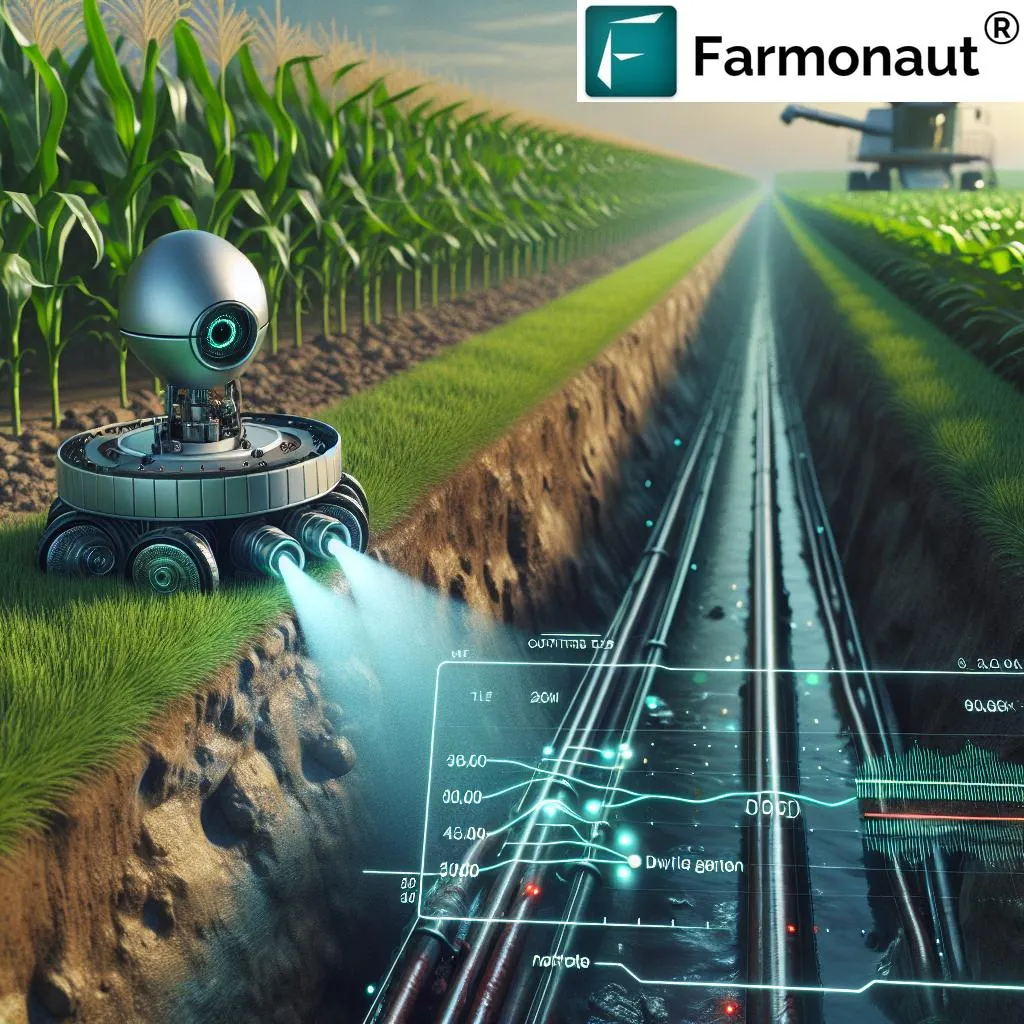In the quest to optimize irrigation and enhance water use efficiency, a groundbreaking study published in *Agricultural Water Management* has developed a multi-source data fusion framework that could revolutionize how farmers manage water resources. Led by Yida Li from the Key Laboratory of Smart Agriculture System Integration at China Agricultural University, the research focuses on estimating daily cumulative transpiration in potato crops under varying water stress conditions. By integrating canopy indices from images with meteorological measurements, the study offers a robust solution for precision irrigation management.
The research leverages semantic segmentation and image registration to extract critical indices such as the Crop Water Stress Index (CWSI) and Relative Leaf Area Index (RLAI). These indices, combined with data on air temperature, humidity, CO₂ concentration, light intensity, and normalized time indicators, serve as inputs for sophisticated machine learning models. The study employed Random Forest Regression (RFR), Back-Propagation Neural Network (BPNN), and Long Short-Term Memory (LSTM) models to analyze six datasets collected over two years (2022 and 2024) with three different irrigation treatments.
The results are compelling. Incorporating CWSI and RLAI significantly enhanced model performance, with improvements in R² values ranging from 1.77% to 18.44% for RFR, 3.44% to 11.87% for BPNN, and 0.44% to 18.42% for LSTM. “The integration of these indices with meteorological data provides a more accurate estimation of transpiration, which is crucial for optimizing irrigation strategies,” said Li.
In stable environmental conditions of 2022, RFR achieved the best accuracy, with R² values ranging from 0.8851 to 0.9654. However, under the more variable conditions of 2024, LSTM outperformed other models, demonstrating the adaptability of different machine learning approaches to varying environmental conditions. “This flexibility is key for farmers who need reliable tools to manage water resources effectively, especially in the face of climate variability,” Li added.
The commercial implications of this research are substantial. Accurate estimation of crop transpiration can lead to more efficient water use, reduced costs, and improved crop yields. For the agriculture sector, this means a significant step towards sustainable and precision agriculture practices. As climate change continues to impact water availability and agricultural productivity, tools like these will be invaluable for farmers worldwide.
Looking ahead, this research could shape future developments in agritech by encouraging the integration of multi-source data and advanced machine learning models into everyday farming practices. The study highlights the potential of combining traditional meteorological data with cutting-edge imaging techniques to create more resilient and efficient agricultural systems. As Li noted, “The future of agriculture lies in leveraging technology to make data-driven decisions that enhance productivity and sustainability.”
In an era where water scarcity and climate variability pose significant challenges, this research offers a promising path forward for the agriculture sector. By providing a robust foundation for precision irrigation management, it paves the way for more sustainable and efficient potato production, with potential applications extending to other crops as well.

